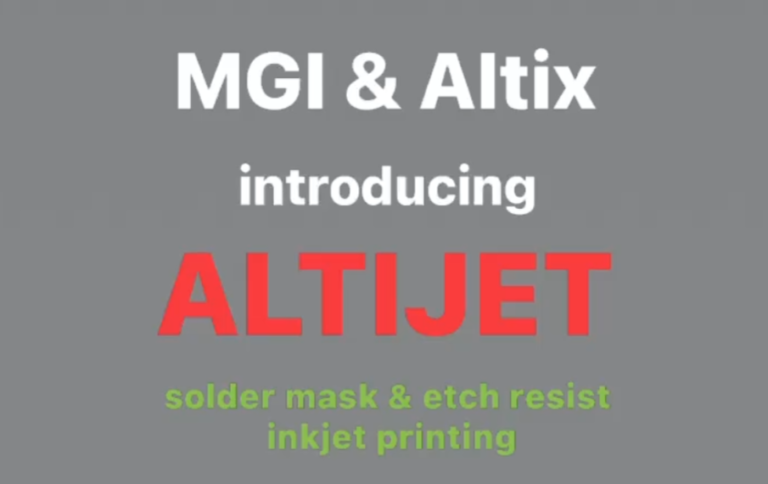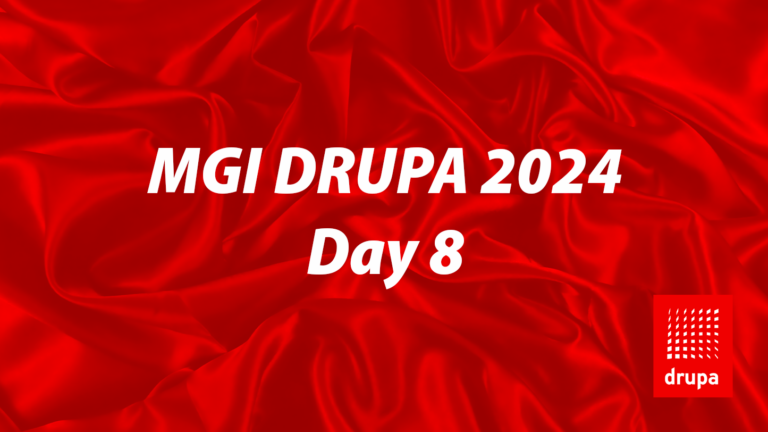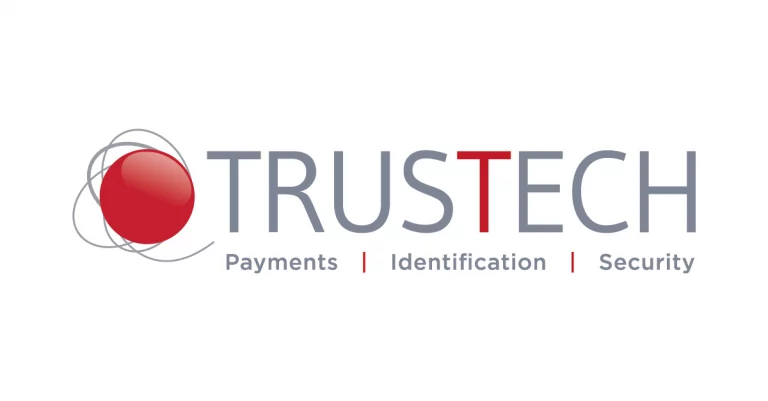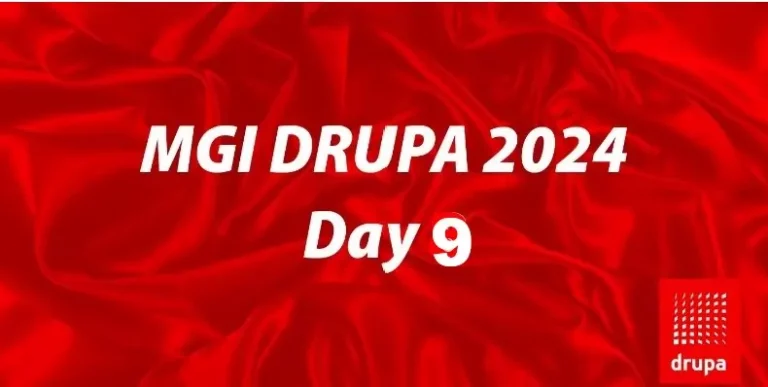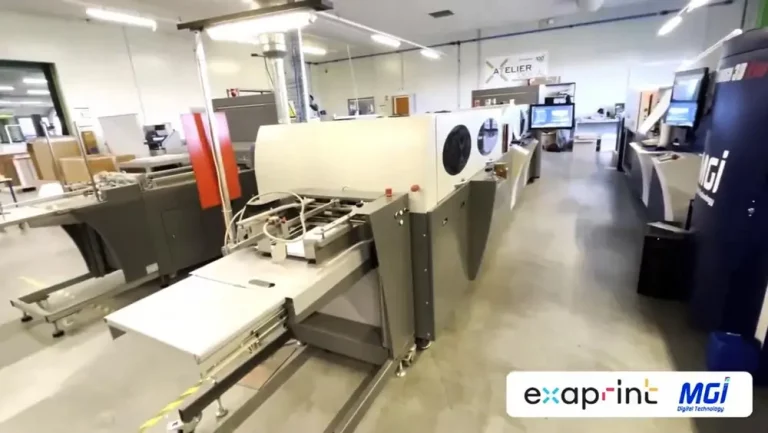Trend - Digital finishing drives transformation in the printing industry
Driven by rapid market developments and growing adoption by printers, digital finishing technology is no longer a marginal innovation. It is becoming a strategic component in production, marketing and customer loyalty practices. The 2025 market study, conducted by Taktiful in partnership with WhatTheyThink, provides a comprehensive overview of this transformation.
By 2025, the data confirm a paradigm shift. What was until recently a matter of experimentation is now seen as a structuring investment lever. Printers are no longer content to test the capabilities of finishing: they are systematically integrating it into their offering, based on concrete returns on investment. This dynamic, analyzed in detail by Kevin Abergel (Taktiful) and Paul André in a recent episode of the podcast Jet Forcereveals a decisive shift in industrial practices and strategies.
Statistics from the study confirm this acceleration. In two years, the daily frequency of use of finishing presses has increased fivefold. This spectacular leap reflects both stronger market demand and smoother integration of these processes into production cycles. The threshold of the niche market has been crossed: digital finishing is becoming standard in print shops.
This repositioning can also be seen in the volumes processed. While average print runs remain around 500 sheets, the proportion of larger jobs is on the rise, a sign of greater operator confidence, consolidated know-how and more robust technology. Paul André attributes this development to the increased skills of his sales teams and the availability of more effective teaching tools.
The scope of ennoblement applications has also broadened considerably. While business cards remain the most frequently ennobled medium, other formats are experiencing strong growth, including direct mail, brochures, books and POS materials. In the United States, direct mail benefits from specific postal incentives, while in Europe, publishers are adopting ennobled covers on a massive scale, even for short-run books.
Unexpected sectors such as card games and trading cards, stimulated by brands such as Pokémon, are also turning to ennobling to enhance product appeal and build audience loyalty.
The report also highlights the contagion effect between printers. In 2023, only 28 % considered that their competitors offered digital finishing options; two years later, this figure had risen to 50 %. This rapid progress is fuelling perceptible competitive pressure, prompting many professionals to integrate these solutions to avoid losing competitiveness.
This pressure is accompanied by an evolution in sales pitches. The study notes an increase of 15 % in the number of printers actively promoting their finishing capabilities to their customers. At the same time, the proportion of players taking no marketing action at all fell by 10 %. The link between communication and profitability is clear.
Market awareness is also growing. In 2025, 90 % of customers were familiar with the possibilities offered by digital finishing, compared with 76 % two years earlier. Printers' educational efforts therefore seem to be bearing fruit.
On the technological front, recent innovations are meeting specific expectations. Kevin Abergel emphasizes that today's equipment decisions are based on sound economic models. Return on investment is no longer considered solely in terms of visual added value: it also takes into account the impact on overall print volumes and customer loyalty.
However, the main obstacles remain clearly identified. Cost remains the primary barrier to adoption, particularly in exchanges between marketing departments, sensitive to differentiating effects, and purchasing departments, more attentive to budgetary constraints. In addition, training for young designers remains inadequate. Their lack of familiarity with the technical constraints of finishing still limits certain creative implementations.
Despite these challenges, optimism remains high. In 2025, 65 % of professionals surveyed said they were considering new investments in finishing equipment, compared with 54 % in 2023. More broadly, confidence in the sector's future has risen from 74 % to 88 %, well above the printing industry average.
Taken together, these data point to a solid future for digital finishing, which is now seen not as an additional tool, but as a strategic pillar of printers' commercial and industrial development. The full report is available on the WhatTheyThink website.


